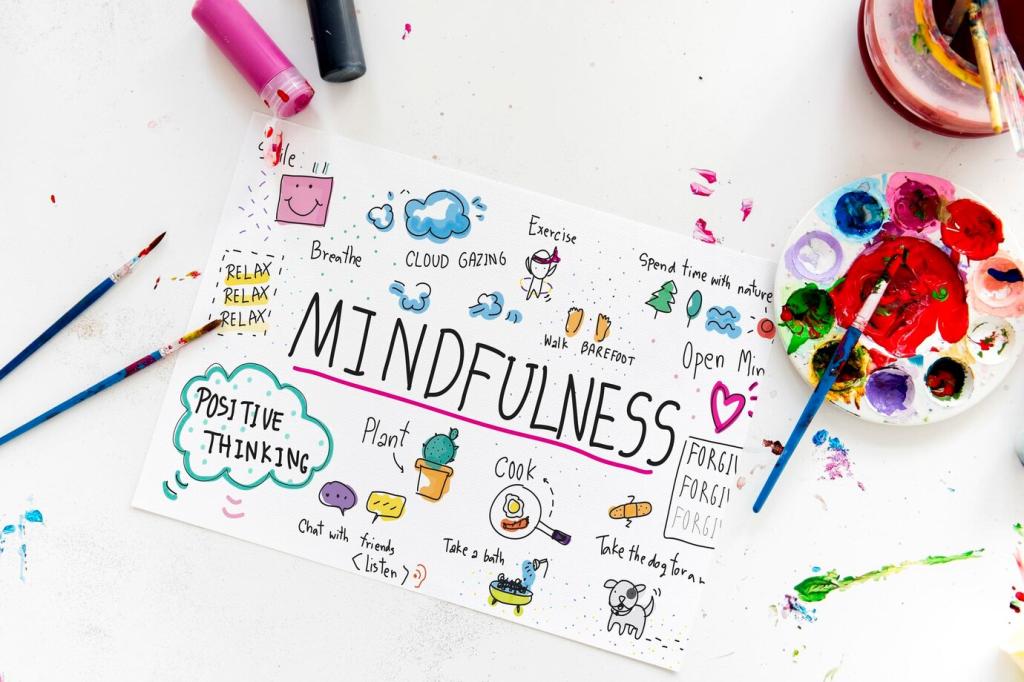
Calm in Motion: Combining Meditation and Yoga for Mental Wellness
Chosen theme: Combining Meditation and Yoga for Mental Wellness. Welcome to a gentle, grounded home for breath, movement, and mindful stillness—practical routines, heartfelt stories, and science-backed tips to help your mind feel lighter. Subscribe and share your reflections to grow this supportive community.

The Breath–Body–Brain Connection
Slow, deliberate breathing during yoga nudges the parasympathetic system, stabilizes heart rate variability, and prepares the mind to rest in meditation. Think of breath as the bridge—each inhale and exhale signals safety, steadiness, and focus your brain can trust.
Sequence Matters: From Asana to Stillness
Moving first warms tissues, settles fidgets, and releases restlessness. When you sit afterward, attention feels friendlier. It’s like cleaning the lens before taking a photograph: the view clarifies, distractions fade, and stillness becomes more welcoming.
A Burnout Recovery Story
After months of exhaustion, Maya paired gentle flows with five quiet minutes of breath awareness. In three weeks, her evening rumination softened. She described it as learning to exhale worry, then watch it drift like mist over water.


A 20-Minute Daily Ritual You Can Keep
Begin with three grounding breaths, Cat–Cow to wake the spine, a gentle Sun Salutation, then sit. Keep your eyes soft and rest attention on the inhale’s coolness, exhale’s warmth. Comment with your favorite morning anchor to inspire others.
A 20-Minute Daily Ritual You Can Keep
Stand in Mountain, feel footprints of weight, then fold to release the back. Sit or stand for two rounds of box breathing. Notice one thing you can see, hear, and touch. Share your quick reset wins to help the community breathe easier.



Creating a Supportive Practice Space
Clear one square of floor, roll out a mat, add a plant or candle, and place a folded blanket within reach. Keep a notebook and pen visible. Small rituals, repeated kindly, build momentum and make returning to practice feel inevitable.

Tracking Progress Without Pressure
Mood and Energy Journaling
Rate mood and energy before and after practice, jot one observation, and note which techniques you used. Look for gentle trends, not perfect streaks. Celebrate tiny wins and tell us which small shift surprised you most this week.
Course-Correcting Common Pitfalls
If restlessness spikes, shorten sits and lengthen slow flows. If boredom creeps in, vary anchors or try walking meditation. Ditch perfection. Consistency grows when the practice fits your life, not the other way around. What tweak helped you?
Partnering with Professionals
Meditation and yoga complement therapy and medical care, especially for anxiety, trauma, or depression. Share questions you’d ask a clinician about integrating practice. Your voice may help someone take a kind, informed next step today.

